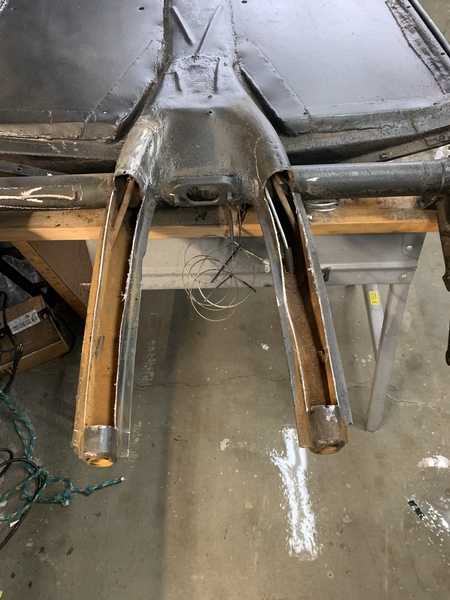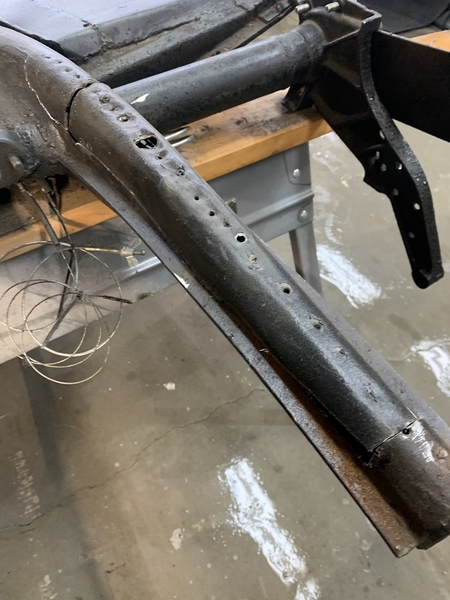Attached images can also be embedded in your post body.
Replies sorted oldest to newest
I originally had a Vintage Spyder from 2002, it took me a few years to get it on the road: ex-wife/divorce, kids, sell house, buy house, work, etc.
I had it on the road from 2005 to 2016 and put over 40,000 miles on it.
It got wet quite a few times. I got a top in 2008 and drove it even more when it rained. I went to and from Carlisle yearly, and Pumpkin runs at Merklin's house also. Those runs were 280 miles each way and almost every run was wet. Also there was a lot of driving locally from early spring through Thanksgiving.
In 2016 I had an unfortunate incident and totaled the car. I cut the body off and drilled out rivets and slowly disposed of it. There was some very slight rust where the bottom fiberglass was bonded to the frame, and also where the aluminum floor was riveted to the steel frame.
That's after ten years of putting the car away wet numerous times. All rust was surface and not structural. It was all where the powdercoat was drilled.
I wouldn't worry about it. Vintage now uses self-tapping screws with rubber washers to hold the floor on instead of rivets. If you are really worried, remove the screws one by one and paint.
The best way to prevent water intrusion if you do get it wet is in front of the rear wheels. There are "wells" where water can collect. On my old Spyder I drilled drain holes. On my new one I made aluminum shields to block the spray from the tires. They stay dry now.
My friend had a early 70s Rail Dragster , he sold it in the late 70s , then bought it back about 10 years ago to restore ,
it has sat outside and water got into the lower tubes and it rusted from the inside outward , but not enough to really notice , until he had it inspected to vintage race again and was told (after drilling inspection hole) that it was too rusty and not safe !
So I would be a little worried about a tube chassis that I did not know the history of ,
Is there a more hi tech way to check the tubes ?
"Low Tech method" Hammer on it and listen to the tone of the steel it should be nearly uniform, a dull sound indicates further investigation, I use a body shop pick hammer to tap along the bottom of Beetle chassis frame horns. What looks good can end up as this did....It was corrected to as new with new frame horns sections.
Attachments
@imperial posted:So I would be a little worried about a tube chassis that I did not know the history of ,
Is there a more hi tech way to check the tubes ?
Yeah, we're talking about a brand new Vintage Spyder. It uses Chro-moly 0.120" wall tubing. That's almost an 1/8" thick steel wall. It won't rust to weaken it significantly for many years.





